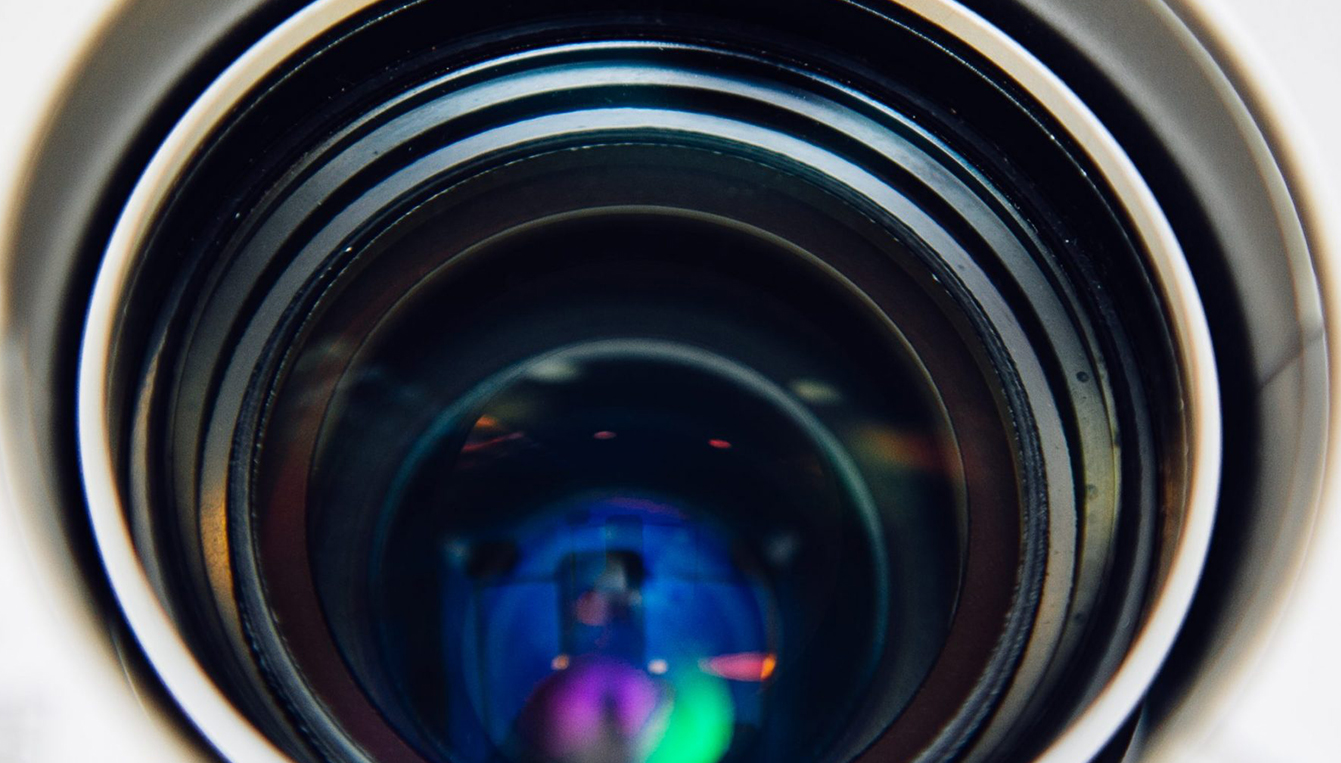Jonah Sacks
Director, Architectural Acoustics Group
Studio A | Market Co-Leader
Principal

My first rude awakening to the fact of noise from video projectors came following the opening of a renovated executive education room at a prestigious Boston-area university professional school. The acoustical design had been done with great care to ensure that everyone in the 90-seat room would hear and understand anyone who spoke for anywhere in the room. The ceiling was designed to reflect sound in the front and center area, and absorb it in the rear. Walls were designed to absorb sound. HVAC was designed for quiet background noise. And yet, in its first months of operation, users complained of “poor acoustics,” and difficulty hearing one another.
We arranged to visit the room early in the morning, measure its acoustical performance, and then observe the morning executive education session that followed. Our measurements showed the room was built as designed, and performed as intended. We were stumped. Students arrived for the session. We sat in the back as the instructor connected his computer and loaded his presentation. Then the video projectors turned on.
“Wrrrrrrrrrrrrrrrrrr” went the projector cooling fans.
The problem was clear. During the mid-session break, I spoke with several students and confirmed that those sitting closest to the main projector had difficulty hearing, while the others did not. We measured noise at seats near the projector and confirmed that noise was far louder than acceptable for this room.
We later learned that, though the audiovisual system designers had specified projectors chosen for low noise, the contractor had substituted another projector that was more readily available and, unfortunately, also noisier. At the end of the semester, the projector was replaced with a quieter model, and it was moved to be farther from student seats. Problem solved.
Unfortunately, specifying a quiet projector is not as easy as it sounds, and is not sufficient for all cases. Most projector manufacturers do not publish noise levels, and those that do, present their noise level data in a form that is difficult for us to use. For noise-critical projects, we often request demonstration units of the planned projector models, and we measure their noise emissions in our lab. Most projectors emit noise in one or two directions, at the cooling fan intake and/or discharge openings. The most useful piece of information is the noise level at the loudest side of the projector at a specific distance (usually 1 meter). With this information, we can calculate the level of projector noise at the ears of the person seated closest to it, and determine whether it is acceptable for the room and its use.

A specialized classroom at Temple University’s Fox School of Business.
Video projectors were selected appropriately for low noise.
For certain rooms, such as theaters or other performance spaces, any noise is too much noise. In these rooms, video projectors must be located outside the room, such as in a lighting control room, or in a custom enclosure. If this requirement is identified early, it is often quite easy to find a suitable projector location.
Acoustical design of rooms, be they for speech or music, aims to allow people to hear what they need to hear — the speaker or performer — and not to hear anything else that may distract unnecessarily, including video projectors.